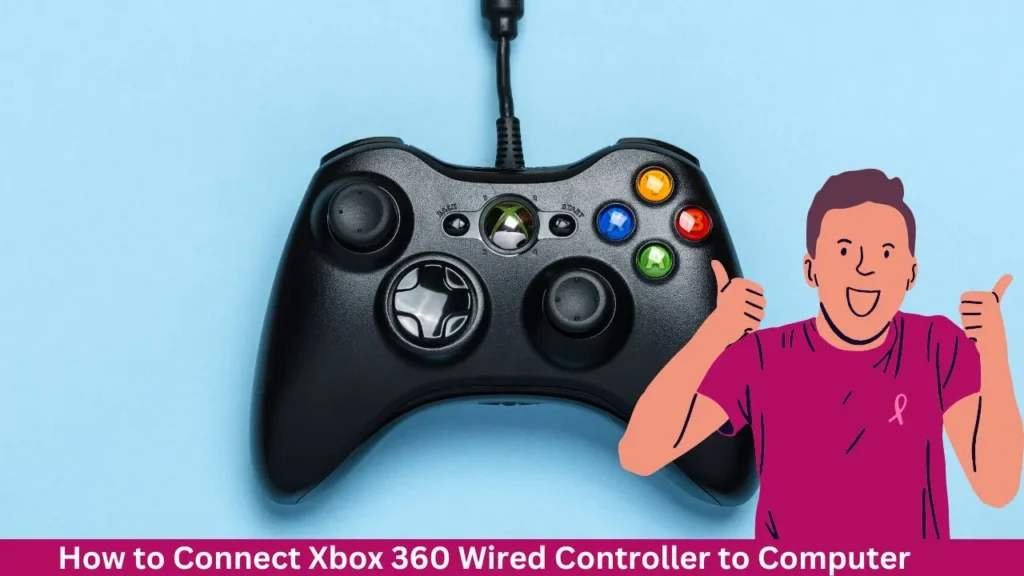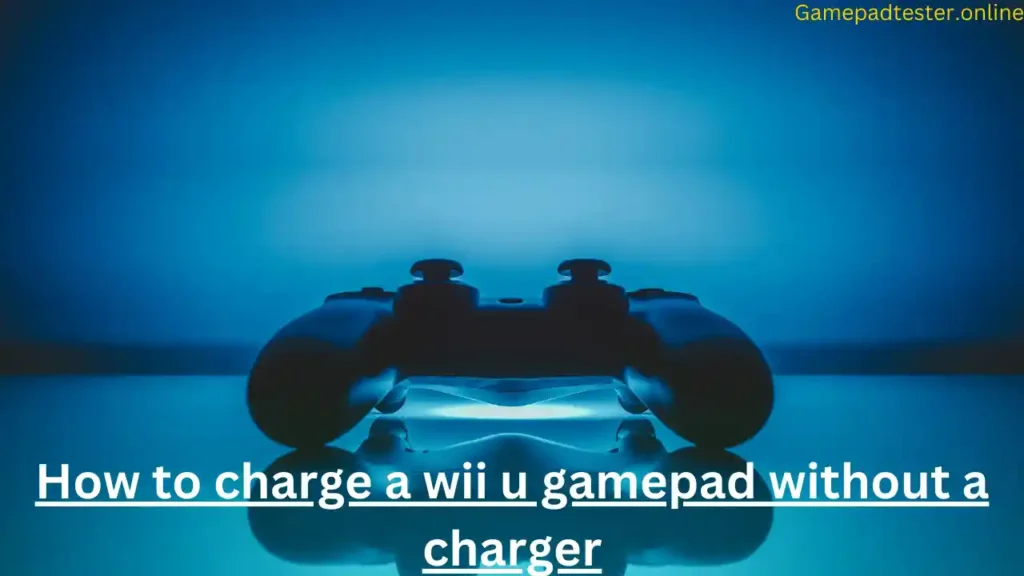The Gamepad API allows websites to detect and interact with gamepads and other controllers connected to the user’s device. It provides real-time access to the status of buttons, axes, and other inputs on the controller. This is useful for web-based games or applications that require gamepad input.
Browser Support
The Gamepad API is supported by most modern browsers, including:
- Google Chrome
- Mozilla Firefox
- Microsoft Edge
- Opera
However, it’s important to ensure that users are running an up-to-date version of their browser.
How the Gamepad API Works
- Gamepad Connection: The API listens for gamepad connections and disconnections, allowing the application to respond accordingly.
- Polling: The API provides the ability to poll for the status of all connected gamepads.
- Input Data: You can read data like the state of buttons and axes (analog sticks, triggers, etc.).
Key Concepts
Detecting a Gamepad
You can detect gamepads via the navigator.getGamepads() method, which returns an array of all connected gamepads.
const gamepads = navigator.getGamepads();
if (gamepads[0]) {
console.log("Gamepad detected:", gamepads[0].id);
}Handling Gamepad Connection and Disconnection
The window object fires gamepadconnected and gamepaddisconnected events when a gamepad is connected or disconnected.
window.addEventListener("gamepadconnected", (event) => {
console.log("Gamepad connected:", event.gamepad);
});
window.addEventListener("gamepaddisconnected", (event) => {
console.log("Gamepad disconnected:", event.gamepad);
});Reading Button and Axis Data
Once the gamepad is detected, you can read its state, such as button presses or the position of the analog sticks. Each button has a pressed and value property, and the analog sticks or triggers are mapped to axes.
function pollGamepad() {
const gamepad = navigator.getGamepads()[0];
if (gamepad) {
// Read buttons
gamepad.buttons.forEach((button, index) => {
console.log(`Button ${index}: ${button.pressed ? 'Pressed' : 'Not pressed'}`);
});
// Read axes (analog sticks)
gamepad.axes.forEach((axis, index) => {
console.log(`Axis ${index}: ${axis}`);
});
}
}You would typically call this pollGamepad function repeatedly in a loop using requestAnimationFrame to continuously monitor gamepad inputs.
function gameLoop() {
pollGamepad();
requestAnimationFrame(gameLoop);
}
gameLoop();Gamepad Properties
Each gamepad object contains the following important properties:
id: A string identifying the gamepad (e.g., “Xbox 360 Controller”).index: The index of the gamepad in thenavigator.getGamepads()array.connected: A boolean that indicates whether the gamepad is connected.mapping: Indicates how the gamepad is mapped (e.g., “standard”).buttons: An array of button objects with the following properties:pressed: Boolean indicating whether the button is pressed.value: Float representing the pressure of the button (useful for triggers).axes: An array of values between -1 and 1, representing the state of analog sticks or triggers.
Standard Gamepad Layout
Most controllers have a standardized button and axis layout, where:
- The D-pad and analog sticks are represented in the
axesarray. - Face buttons (A, B, X, Y on Xbox controllers) are represented in the
buttonsarray.
For a standard gamepad:
axes[0]andaxes[1]usually represent the left analog stick.axes[2]andaxes[3]usually represent the right analog stick.- Button indices are typically:
- 0: A (or X on PS controllers)
- 1: B (or Circle on PS controllers)
- 2: X (or Square on PS controllers)
- 3: Y (or Triangle on PS controllers)
- 9: Start button
Vibration (Haptics)
Some gamepads support vibration feedback (haptic feedback). To trigger vibration, you can use the gamepad.vibrationActuator.playEffect() method.
const gamepad = navigator.getGamepads()[0];
if (gamepad.vibrationActuator) {
gamepad.vibrationActuator.playEffect("dual-rumble", {
startDelay: 0,
duration: 500,
weakMagnitude: 0.5,
strongMagnitude: 1.0
});
}Example: Simple Gamepad Tester
Here’s a basic example of a gamepad tester that displays the state of connected gamepads:
<!DOCTYPE html>
<html lang="en">
<head>
<meta charset="UTF-8">
<meta name="viewport" content="width=device-width, initial-scale=1.0">
<title>Gamepad Tester</title>
</head>
<body>
<h1>Gamepad Tester</h1>
<div id="status">No gamepad connected</div>
<ul id="buttons"></ul>
<ul id="axes"></ul>
<script>
function updateGamepadStatus() {
const gamepad = navigator.getGamepads()[0];
if (gamepad) {
document.getElementById('status').textContent = `Connected: ${gamepad.id}`;
// Update button statuses
const buttonsList = document.getElementById('buttons');
buttonsList.innerHTML = '';
gamepad.buttons.forEach((button, index) => {
const listItem = document.createElement('li');
listItem.textContent = `Button ${index}: ${button.pressed ? 'Pressed' : 'Not pressed'}`;
buttonsList.appendChild(listItem);
});
// Update axes statuses
const axesList = document.getElementById('axes');
axesList.innerHTML = '';
gamepad.axes.forEach((axis, index) => {
const listItem = document.createElement('li');
listItem.textContent = `Axis ${index}: ${axis.toFixed(2)}`;
axesList.appendChild(listItem);
});
}
}
function gameLoop() {
updateGamepadStatus();
requestAnimationFrame(gameLoop);
}
window.addEventListener('gamepadconnected', () => {
document.getElementById('status').textContent = 'Gamepad connected!';
gameLoop();
});
window.addEventListener('gamepaddisconnected', () => {
document.getElementById('status').textContent = 'No gamepad connected';
});
</script>
</body>
</html>Best Practices
- Fallbacks: Always provide fallback controls for users who may not have gamepads.
- Standard Mapping: Rely on the standard gamepad mapping for widespread compatibility.
- Poll Efficiently: Use
requestAnimationFramefor efficient polling of gamepad data.
Conclusion
The Gamepad API is a powerful tool for incorporating gamepad functionality into web apps and games. With its ability to detect and process inputs in real time, it opens up opportunities for immersive experiences in the browser.
For more advanced use cases, consider incorporating vibration feedback, multiple gamepads, and dynamic gamepad layouts to accommodate different controllers.


